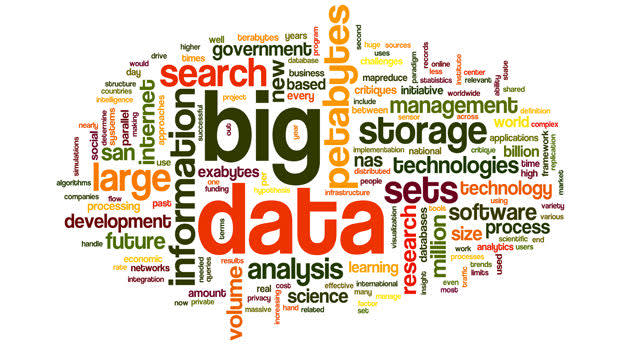Betting on Big Data for recruiting the right talent

Big data is getting bigger in businesses– it’s helping them to customise the needs of their consumers in real time. From retail to consumer goods, to e-commerce companies to banking and financial services, data analytics has helped in consolidating these in various ways. Despite being critical in analysing business metrics, big data has not been given the required importance in HR and its recruitment function. In a Talent Acquisition session conducted by People Matters, Nitin Sethi Partner at Aon Hewitt outlines the need to utilise data analytics in recruiting the right talent at the right time.
There are huge data available everywhere. But what we do with data is the critical question. What data provide us are insights on consumer behaviour and leveraging that data to predict business growth has been the norm till now. Oracle in one of its study on big data wrote,HR may be less ready than it needs to be in order to take advantage of the data opportunity. There is still a significant gap in our ability as HR professionals to be data-driven and evidence-based in our decisions (for example, our HR Outlook data for winter 2012–13 indicate that while 63% of HR leaders think they draw insight from data, only about a fifth of their non-HR business counterparts share that confidence). The most important job of HR is to balance the finance of the organisation – in their capacity they have to look at reducing costs, to see employees deliver work efficiently, and focus on initiatives to stay profitable. One of the major setbacks for HR is to recruit and retain good talent. So wouldn’t it be nice if HR functions could predict such things? While HR grapples with generic information, investing in big data can give HR specific requirements to attract and retain talent. Companies are focusing on appropriating the ever-increasing data that’s available at large. Data helps in creating statistical models of investment, training, recruiting to predict the HR trends. This will massively help the HR to streamline costs, effectively manage new recruits, predict their professional trends (when they can leave), and HR can play strategic roles in maximising benefits for the companies.
TCS in their research had discussed how future requirements and the number of remaining employees can be estimated based on predicted attrition rates and business growth forecasts for each department or unit. Requirements (calculated as net requirement = forecasted requirement - expected attrition) can be estimated accurately for each time period. The in-flows (new recruits) and the out-flows (exits) in the current quarter can help predict the expected number of employees in the next quarter. Factors such as attrition risk scores, business growth forecast and pipelines, number of employees in each department, productivity level, and past performance of each employee can be incorporated to enrich the predictive models.
The research also says, To play a more relevant and strategic role in the organization, the HR function needs to move beyond mere reporting to accurate prediction. Instead of just generating reactive reports, it needs to embrace advanced analytics and predictive techniques that support strategic organizational goals. Application of predictive analytics in HR entails utilizing relevant data to solve specific business problems. Predictive analytics helps organizations contain HR-related costs while developing a high performing workforce. The problem with recruitment right now is that we usually look at hiring profiles – candidates with sound education, MBAs attract the attention of hiring managers. They don’t focus on how these profiles are going to impact the businesses, whether they are the right fit for the company. When data is utilised, assessment parameters also increase leading to better understanding of a candidate and also whether they are the right fit for the company.
The promise of talent analytics and big data is that they almost certainly will move HR forward in terms of analysis and insight. The possibilities in linking different data sources together to generate actionable insights will be perhaps the biggest challenge and opportunity for HR in decades to come. As Oracle study confirms, it’s clear that HR is still in many cases grappling with the need to provide analytics from the raw data that is often held within HR departments but within structural and system silos.
(Based on the session by Aon Hewitt at the TA Leadership League Annual Conference)













